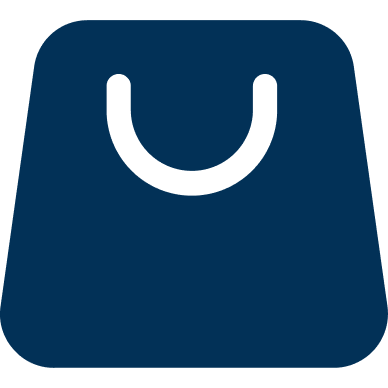When Do Kids Learn Phonics?
The traditional path for phonics instruction typically spans multiple grade level years, from pre-kindergarten to second or even third grade.
Kids learn phonics at the beginning grade levels, with the traditional path for phonics instruction often spanning multiple grade level years, from prekindergarten to second or third grade. Learning phonics in kindergarten means learning that the letter /y/ makes the sound “yuh,” but it’s typically not until second grade that they learn it can also make the sounds of /e/ and /i/.
It is also common for early learners to spend an entire kindergarten year on mastering the individual letters and sounds, despite the research showing that the ability to identify all of the letters and sounds by Halloween (in kindergarten) is a primary predictor of later student reading success (Allington, 2016).
Even the small parts of the code that beginning grade learners do know will often appear contradictory to the sounds that letters make (together) in actual text since the letters in isolation almost never seem to make the sounds that they are supposed to when they come together in real words.
For example, kindergartners are taught that /t/ says “tuh” as in the word turtle, despite the fact that the overwhelming majority of the time, /t/ won’t actually say “tuh” when it is observed in text, as per high frequency words like: the, this, them, they, those, there, then, etc…. And yet, traditionally, the /th/ phonics pattern isn’t formally introduced until late fall or early winter of first grade. For beginning readers, such blatant instructional discrepancies can feel like the reading equivalent of a wild goose chase.

“Three to four grade level years is too long to make learners wait for the whole code.”
—Katie Garner


